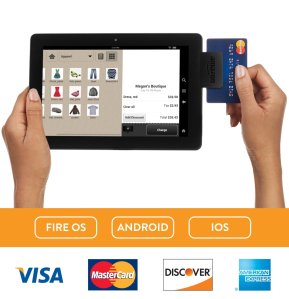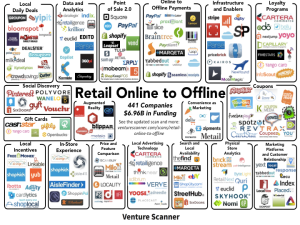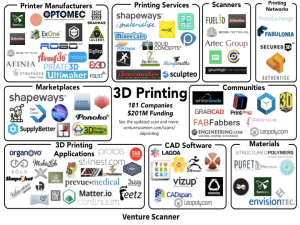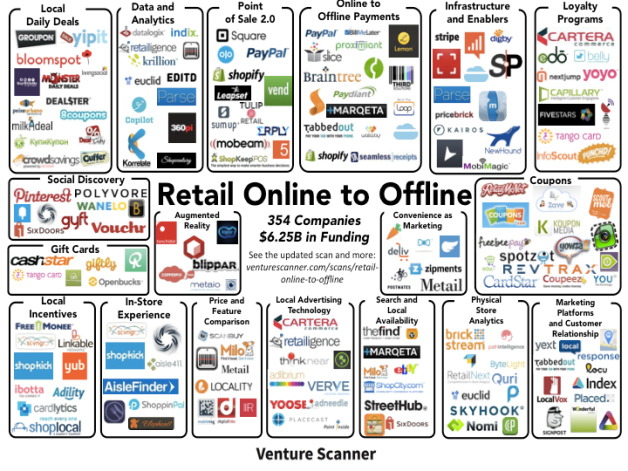Amazon launched their mobile card reader and companion app this week taking another step into the world of offline commerce. “Amazon Local Register,” similar to Square and PayPal, will enable users to accept credit card payments on a variety of mobile devices. (You can see a full list of point of sale 2.0 companies here.) Small and medium businesses (SMBs) can also purchase a range of compatible accessories including cash drawers, receipt printers, iPad stands, etc., to create a complete point of sale solution – merchants can buy a complete kit from Amazon for $380 that includes a Kindle Fire HDX 8.9.
The dongle itself costs $10, but this is instantly refunded in the form of transaction credits. Amazon is also significantly undercutting the competition with its per-swipe transaction fees, launching with a promotional rate of only 1.75% (per swipe) for anyone that signs up before October 31st. This rate will be good until Jan 2016, when it will revert to the normal 2.5% (still undercutting the competition). There are some concerns regarding profitability with this model, especially since Square is still operating at a loss (source), but it’s a strategic move for the e-commerce company. In addition to lower fees, the company is also heavily touting its customer service and support, which could be a big differentiator over competitors. SMBs that already use Amazon online services may also find added value in syncing their online and offline data.
“According to the US Census Bureau, there are 26 million small businesses in the US. Most of those companies do not have a mobile point-of-sale solution,” says Amazon spokesperson Julie Law (source).
The macro numbers also indicate that there is a large opportunity to increase the company’s footprint. According to Forrester, online sales accounted for only 8% of all retail sales in 2013, which is expected to grow to 11% by 2018 (source). Despite the growth rate of e-commerce being significantly higher, offline commerce isn’t going anywhere anytime soon. The e-commerce giant understands the potential market and is not shy about pursuing strategic initiatives. For example, this year alone we saw the following:
- Amazon’s Fire phone that has a “FireFly” button to help find products on Amazon using image recognition.
- Amazon Wallet, a consumer facing mobile wallet service that allows users to scan and store their membership, loyalty, and gift cards within the app.
- Expanding their same day delivery service across six cities in order to entice customers that would normally shop at their local supercenters (e.g. Walmart, Target).
In looking at the big picture, it makes sense that Amazon is releasing a mobile payments product. They have already launched numerous products this year for consumers and are now taking the opportunity to move towards the other side of the value chain – SMBs.




